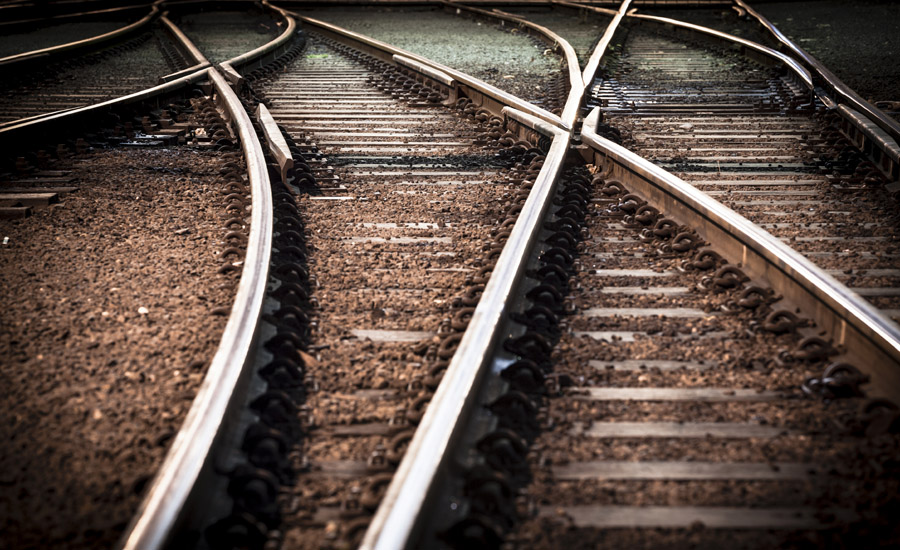Feds to states: Make sure traffic lights connected to railroad crossings are working
Goal is to reduce fatalities

The Federal Railroad Administration (FRA) is urging state departments of transportation to verify that railroad crossing warning systems interconnected to traffic lights function properly. The agency also urged states to add event recorders to traffic lights connected to railroad crossing systems so information obtained during inspections can be used to improve safety. Across the United States, there are nearly 5,000 railroad crossings interconnected with traffic lights. View a state-by-state list of crossings connected to traffic lights: http://www.fra.dot.gov/eLib/Details/L17343.
“Reducing fatalities at railroad crossings is an achievable goal. But we can only achieve it if federal, state and local governments work together with railroads to verify that these crossings connected to traffic lights work properly,” said U.S. Transportation Secretary Anthony Foxx.
A top priority
“I have made improving railroad crossing safety a top priority of mine because I know that we can and must do better,” FRA Administrator Sarah E. Feinberg wrote in a letter to the heads of state departments of transportation across the country. “But the Federal Railroad Administration cannot solve this problem on its own. Unless we work closely with state and local officials, law enforcement, railroads and transportation officials, and other stakeholders, we will not have the impact we are striving for and we will not save as many lives. But working together, I know we can do more to prevent these incidents.
”While railroads are required to inspect lights and gates at railroad crossings monthly, FRA has urged states before—and is doing again today in a letter with an attached safety advisory—to have traffic experts periodically join railroads on those inspections. During those joint inspections, traffic experts and railroads should verify that the traffic lights and crossing lights are properly sequenced and enough time is provided for traffic to clear from a nearby intersection before a train enters a crossing.
Ensure that signals are synced
“Simply put: We strongly recommend that state and local transportation officials, together with railroad officials, visit crossings in their region and monitor and test crossing signals and adjacent traffic signals to ensure that the signals are synced and operating properly,” Feinberg wrote.
Last year, FRA launched a new, comprehensive campaign to reverse the recent uptick in railroad crossing fatalities. The campaign includes partnering with Google and other tech companies to use FRA data that pinpoints the country’s 200,000 railroad crossings to add visual and audio alerts to map applications. FRA has also worked with local police to increase enforcement around railroad crossings.
In 2010, the Federal Railroad Administration reminded states across the country in a safety advisory of the importance of ensuring that railroad crossing systems and traffic signal systems are coordinated with each other and work properly to control traffic flow at and near railroad crossings. Safety has always been paramount since FRA’s establishment in 1966. While the number of incidents, deaths and injuries has declined since then, FRA remains committed to reducing the annual number of crossing fatalities to zero.
Looking for a reprint of this article?
From high-res PDFs to custom plaques, order your copy today!




